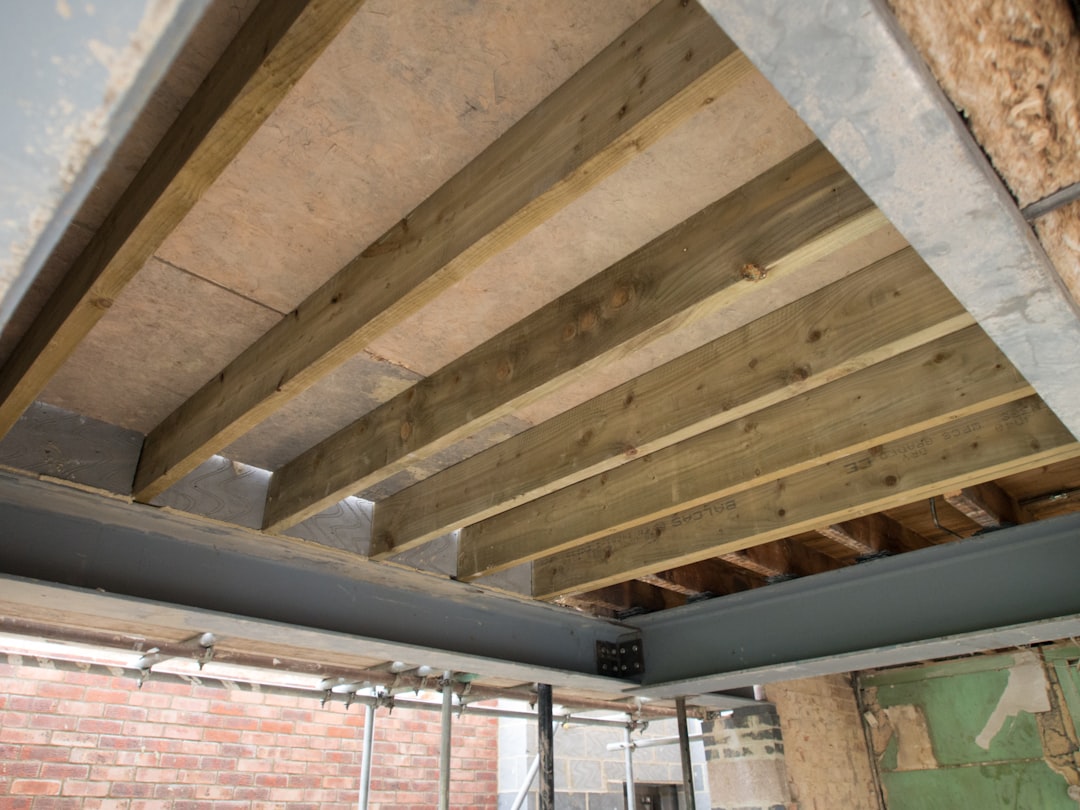
For construction professionals, determining the cost to insulate a crawl space involves several key factors. In Los Angeles, the cost ranges for different insulation types are as follows:
For an 800 sq ft crawl space, using rigid foam, costs typically range from $3,400 to $4,800, including vapor barrier and basic air sealing. The exact total depends on access, preparation, and scope.
The size and accessibility of the crawl space significantly impact labor costs. A tighter space requires more time and effort, increasing labor expenses.
Choosing the right insulation type is crucial:
Addressing moisture, mold, or damaged joists is essential before installation, potentially adding 15% to 40% to the project budget.
Installing a vapor barrier and sealing rim joists enhances efficiency but increases material and labor costs.
In Los Angeles, labor rates range from $1.75 to $3.25 per square foot, with variations in remote or high-cost areas.
Proper crawl space insulation can lead to 10%–18% annual energy savings, extend HVAC lifespan, and improve indoor comfort, making it a valuable investment for property owners.
Our AI-driven platform streamlines the estimating process, providing fast, accurate estimates through voice input and real-time data analysis.
While DIY installation can save on labor, professional installation ensures compliance with codes and optimal performance, especially for complex insulation types like spray foam.
1. Capture photos or blueprints.
2. Start a voice session to describe conditions.
3. Review the AI-generated estimate.
4. Approve or adjust the scope.
5. Receive digital quote documents.
6. Schedule a verified installer.
Typically, an 800 sq ft crawl space can be insulated in one to two days, barring major repairs.
In tight or moist conditions, spray foam offers superior long-term benefits by combining insulation and air sealing.
R-19 for floor joists and R-10 for perimeter walls are recommended for most climate zones.
For a tailored estimate, start a free voice estimate at CountBricks.com and experience the fastest way to price any residential project.

A 1940s Venice Beach bungalow faced issues with cold floors and moisture. The owners sought a quick solution to insulate their crawl space.
Using our app, the homeowner described their 620 sq ft crawl space, leading to three pricing options:
The homeowners opted for the rigid foam package, offering a seven-year payback.
1. Digital approval initiated material orders.
2. Installation was completed in 11 hours.
3. Progress was tracked via real-time updates.
Post-installation, HVAC runtime reduced by 14%, and indoor humidity dropped by 8%.
Prioritize air sealing, use corrosion-resistant fasteners, and ensure a continuous vapor barrier in damp conditions.
Begin your project assessment at CountBricks.com for a fixed-price proposal tailored to your needs.